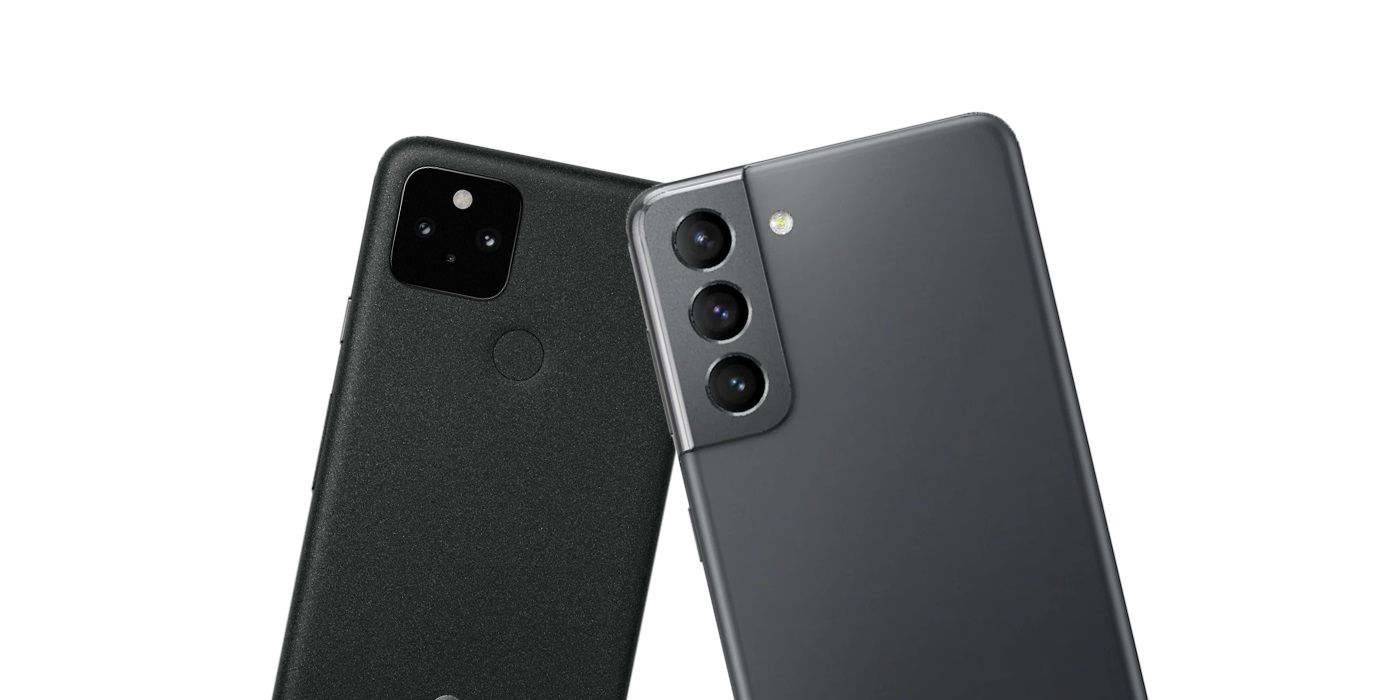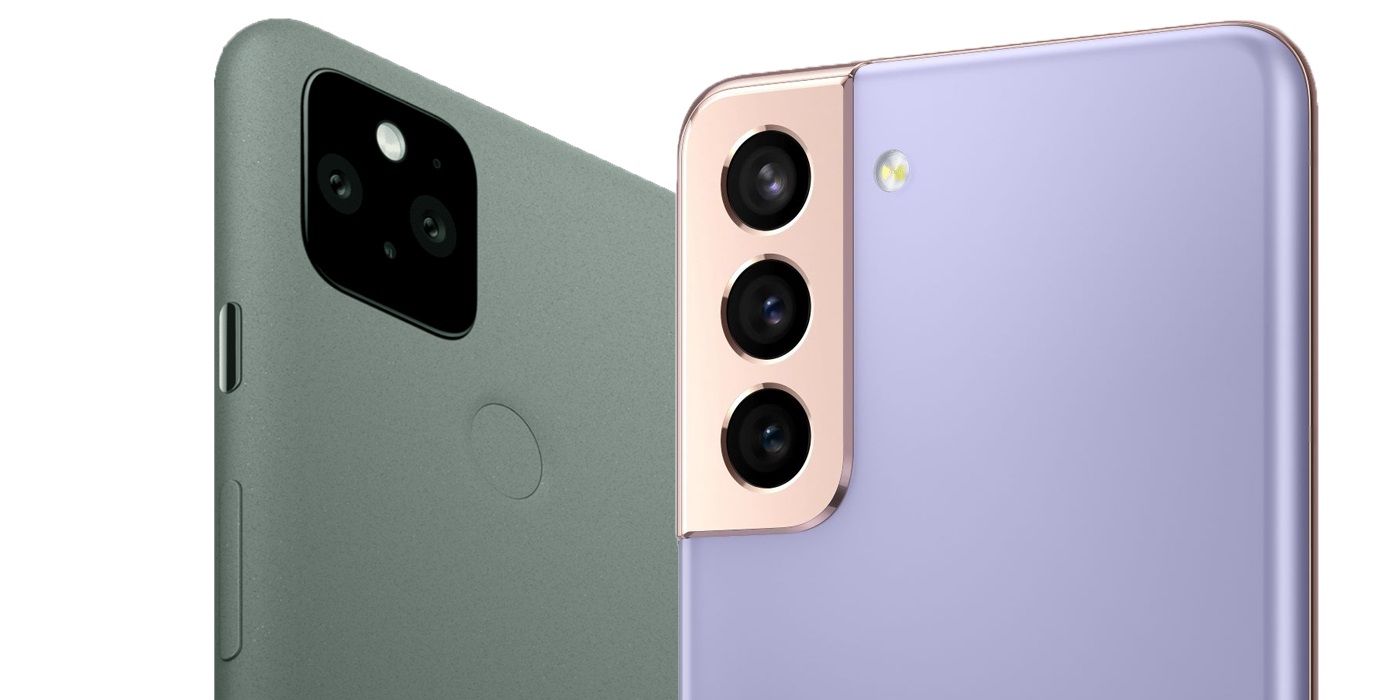The Samsung Galaxy S series has always gone big on camera performance, although that has always come at a price. However, with the vanilla version of the Galaxy S21, Samsung aims to offer a flagship camera experience at a more affordable price, similar to the Google Pixel 5. Despite their formidable cameras, both phones offer unique functionality to empower the hidden videographer living inside every user.
In terms of camera setups, the Galaxy S21 features three rear cameras that include a 12-megapixel primary wide sensor with an f/1.8 aperture, a 12-megapixel ultrawide lens with an f/2.2 aperture and a 120-degree field of view, and lastly, a 64-megapixel telephoto shooter with an f/2.0 aperture and 3x hybrid zoom. The Pixel 5, on the other hand, opts for a 12.2-megapixel, f/1.7 primary sensor and a 16-megapixel, f/2.2 ultrawide camera with a 107-degree field of view. Both phones also have a single camera on the front, 8-megapixel on the Pixel and 10-megapixel on the S21.
Straight away the Galaxy S21 has a slight edge over the Pixel 5, as the former can record video in up to 8K resolution. However, most users won’t have an 8K screen to watch those videos on, making it more of a niche feature. The second most noticeable advantage is the Galaxy S21’s ability to record 4K video through the selfie shooter, whereas the Pixel 5 is confined to 1080p. Lastly, three cameras on the back of the S21, means a user can switch between three lenses, providing more flexibility while shooting videos, although the main advantage here will be when zooming in. Another big advantage in Samsung’s favor is the fact that the Galaxy S21 is powered by a Snapdragon 888 SoC, which will enable the device to fine-tune video processing and stabilization better than the Snapdragon 765G on the Pixel 5.
Samsung's Hardware Or Google's Software?
While Samsung’s camera hardware is basically the same as the Galaxy S20, Google’s cameras are much older with the main sensor the same as the 2018 Pixel 3. In addition, although Google does a lot with its computational photography to output some excellent photos, it does present some limitations while recording video. When it comes to taking stills, Google combines multiple photos with advanced high-dynamic range processing to output detailed, color-accurate images. However, no matter the software capabilities, there’s still a limit on processing time for each frame in a video. Processor power also comes into play while recording videos, and that's where the difference between a mid-range and flagship chip will start to show.
The Cinematic Pan and the ability to adjust stabilization are two excellent new features on the Pixel 5, the former of which offers super-smooth panning to allow for a more cinematic look when capturing video. The Galaxy S21 also comes with its own set of neat features, including the Single Take tool and Director’s View, which lets users to take documentary-like footage by using the front and rear cameras simultaneously. In Director's View Mode, users can also view a live thumbnail in various recording angles. Ultimately, when it comes to video recording, the Samsung Galaxy S21 offers more advantages on the hardware front, while Google’s computational photography doesn’t quite bring the same prowess to videography as it does to photos, putting the older hardware at a disadvantage.


